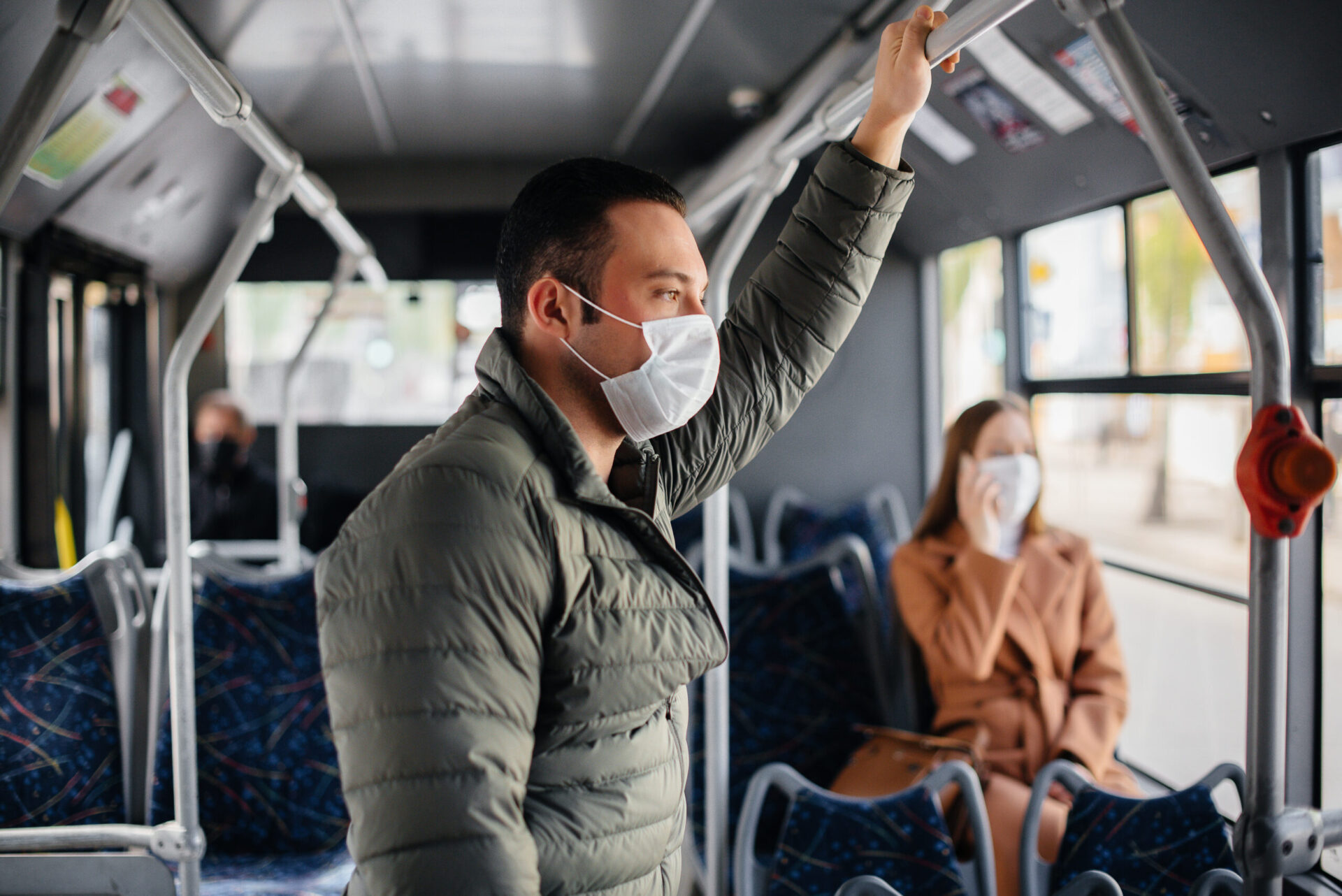As the post-Covid horizon comes into view, planning is starting on what the next ‘new normal’ will look like. Sustainability is currently high on the agenda, but work will be required to ensure that this, in itself, is sustained or whether life will return to its pre lockdown ways, or worse.
At the start of lockdown there was a glimmer of hope that walking and cycling might become more popular and the lack of cars on the road encouraged this. Families could be seen out cycling together and school runs became safer as a critical mass of pedestrian and cyclists was reached. As the warm weather ended and commuting restarted, this seems to have gone into reverse. There are signs, however, that car use might even become more prevalent than before unless changes are driven by the government and local authorities. This is possible, but it will need drive and time to embed. Cycle lanes were installed across the country, but some have been removed already – Kensington’s lasted 8 weeks, Reigate’s only 3 days.
If walking and cycling isn’t the answer, could public transport help with the government’s green agenda? Occupancy on some transport routes is severely down as people stay at home or, if they do have to travel, avoid contact with other people by jumping in their cars. By August the government had committed to spending £700m on subsidising bus, tram and train services and encouraging bus companies to run full services to ensure people could still get around and socially distance. This will come to an end at some point and it will require work from both the transport suppliers and government to encourage people back to public transport.
Recovery partnerships might be the answer to this, with local authorities being allocated money to drive patronage within their areas. By targeting money at where demand is, they can support public transport where it is actually needed. There will, however, be a requirement for transport companies to improve performance to meet customer expectations. When it is easy to get an Uber from the comfort of your living room, people will compare that experience to standing at a bus stop in the rain for a bus that is delayed. When 1-click payment is widespread, having to pay cash for separate bus and train tickets starts to look cumbersome. It will be incumbent on traditional transport operators to look at how they operate their services and tailor this to what passengers expect. Maintenance levels will have to increase so that services become more reliable and the passenger experience improves. Demand forecasting will need to be improved and fleet composition looked at to avoid 80 seater double deckers driving around empty for most of the day. More flexible responses to demand will need to be considered so that a second bus could slot in behind a bus already at capacity and routes will need to be reviewed to provide greater connectivity, for example at park and rides and railway stations, to provide seamless door-to-door transport.
All these activities will need managers to address long standing issues within the industry but, by working together, they can demonstrate that government investment can support carbon reduction, a healthier environment and a green recovery.

